Blackface
It’s easy to associate blackface with the South where slavery and Jim Crow remain a scar on their history, or fraternities where costumes and party attire are taken too far and become racist. Californians like to think of themselves as embracing equality, but in its capital, at our school, blackface was once celebrated.
In 1986 and 1987, students at Rio performed in the talent show while wearing blackface. According to yearbook photos and captions in ‘86 a group of unnamed boys performed “Jungle Love” by the Minneapolis R&B band The Time. A year later, a girl group, identified only by first names, imitated the Jackson Five with a cover of “ABC.” Both acts won first prize.
The photos have taken on new relevance this last week, after revelations that Virginia Gov. Ralph Northam wore blackface at a 1980s party. Northam first said he was in a photo of a man in blackface and another person in a costumed in a KKK hood and robe that appeared on his medical school yearbook page, but he didn’t know which was him. He later denied being one of the figures but admitted he had worn blackface to imitate Michael Jackson.
The KKK hood is offensive for obvious reasons, but the blackface reflects different less-well-known traditions of racism. The person in the photo–which, in his first remarks, Northam admits could have been him even if it wasn’t–is not trying to replicate an African American he admires. This is an offensive caricature.
This behavior might have been more common 30 years ago, but in no way could someone pose in this picture and not see that what they were doing was wrong.
Although Northam has apologized, the grossly racist photo has caused elected officials and constituents to call for his resignation. Ironically, he ran his campaign claiming his opposition was racist.
“I think he should definitely resign,” said senior Cooper Davis. “This wasn’t even just an accusation, there’s proof. Just because it was a long time ago, it’s still not okay by today’s standards. People should still be held accountable for their actions if there’s proof.”
A Washington Post survey of Virginians found voters split on whether Northram should resign, splitting 47 percent to 47 percent.
While blackface has become frontpage news this week as more public officials admit to wearing it, the practice dates back to the late 1700s, and 250 years later.
Typically used in theatrical skits, white men would paint themselves with greasepaint or burnt cork (Northam favored shoe polish), accentuate their lips, wear wooly wigs and ragged clothes to embody how they viewed African Americans.
The term Jim Crow actually comes from a blackface character developed by a white northern actor in the 1830s, who embodied racist stereotypes.
Until the Civil Rights popular actors white actors in blackface actors would act lazy, cowardly, clueless or buffoonish. White men would cross-dress and act grotesquely mannish, matronly or overly provocative to distort African American women.
But Civil Rights did not spell the end to blackface, as seen at a Virginia medical school–and at Rio Americano.
At Rio’s talent shows in the 80’s, this behavior wasn’t acceptable to everyone. A student at the time who did not want to be quoted said she felt uncomfortable by the performances, but that her classmates did not see a problem. The thought was, if you’re going to imitate them, this was the most authentic way to do it.
Not only was this act applauded, but they won. An audience of parents, teachers, faculty and fellow students condoned this behavior and rewarded them for it.
There are some things that have once been acceptable that are now intolerable, like what is defined as racist. Through education and reflection, society is slowly able to recognize what was once admissible, should never have been.
“I understand that back then they had a different outlook on blackface, but now that racial prejudice has come to the forefront of news, it would never be acceptable by today’s standards,” said junior Alex Nguyen. “Things have changed a lot and I get how viewpoints have evolved.”
It was much easier to ignore the origins of blackface and excuse it as a way to play dress up, but after reading the history of it, it’s clear that the intent behind blackface was to mock and degrade African Americans.
Rio students apparently didn’t wear blackface or perform it as a way to deride African Americans; they were simply trying to be their idols–or win a contest. It may not have been as extreme as it was in the 1700s-1900s, but the insensitivity is all the same. Ignorance is what bred and continues this tradition. Hopefully, with today’s awareness and knowledge these same people would recognize the racism behind blackface and wouldn’t do it again.
Universities have had trouble with countless blackface scandals in the last decade and have taken action like suspension and removal from fraternities. Both in school and politics, blackface is not longer acceptable and has ruined numerous reputations.
In this way, it’s clear to see just how much times have changed. Without education, we have ignorance. Remember, it’s as simple as 1, 2, 3 and as easy as A, B, C: if you don’t want to be racist, don’t do blackface.






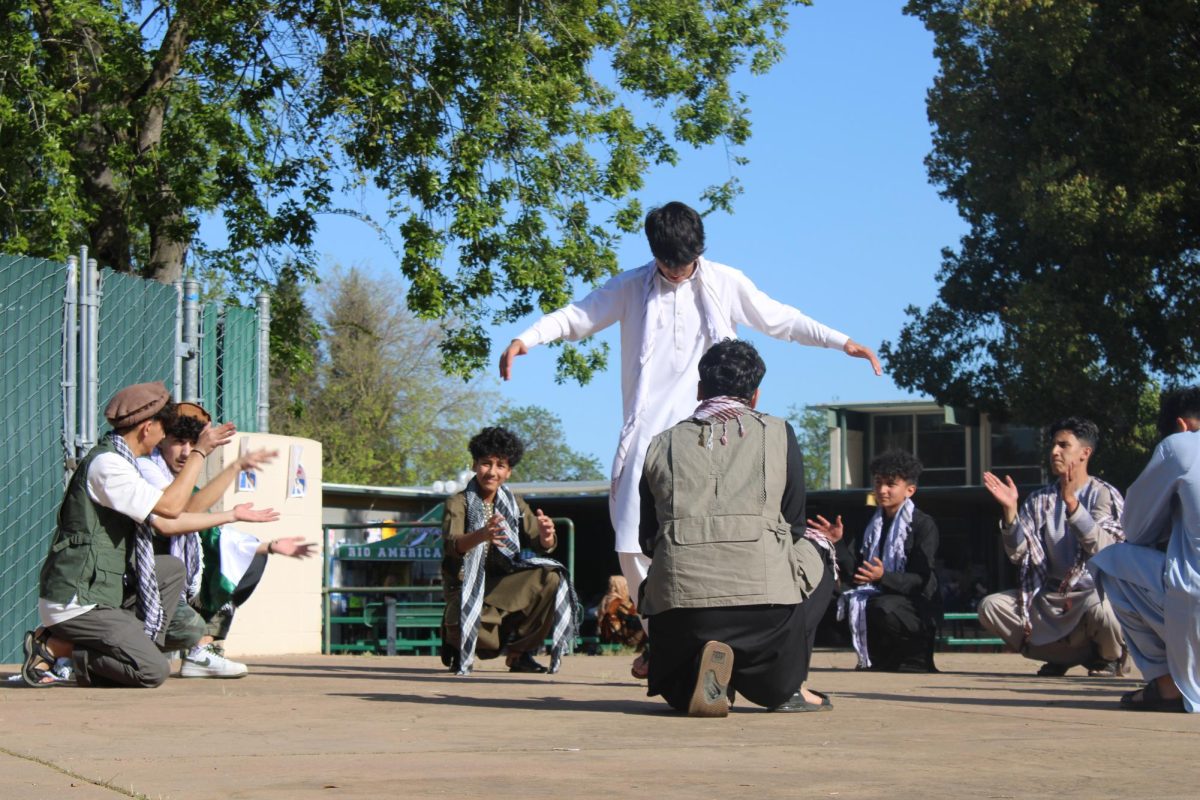
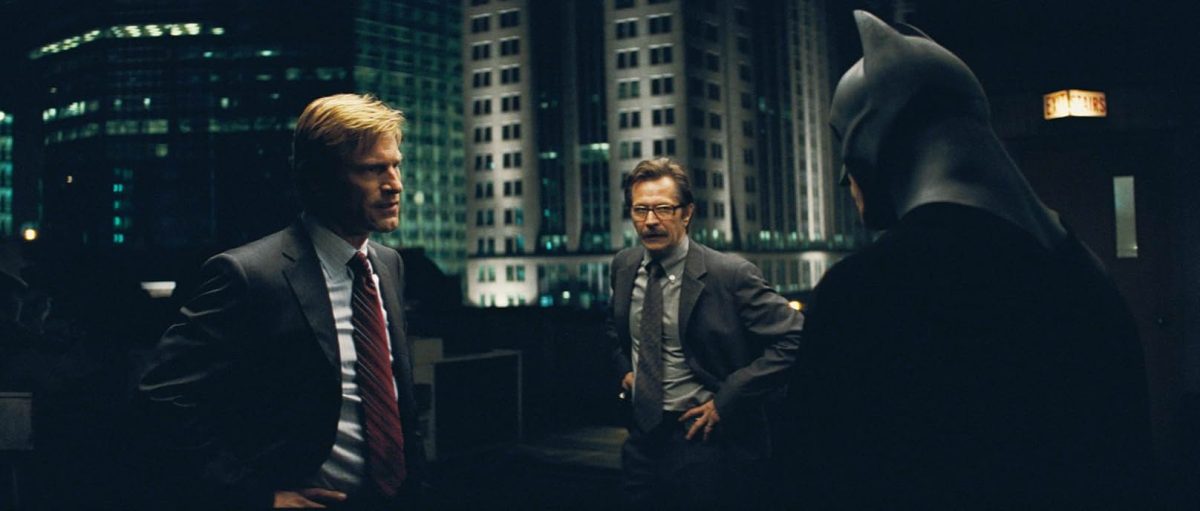

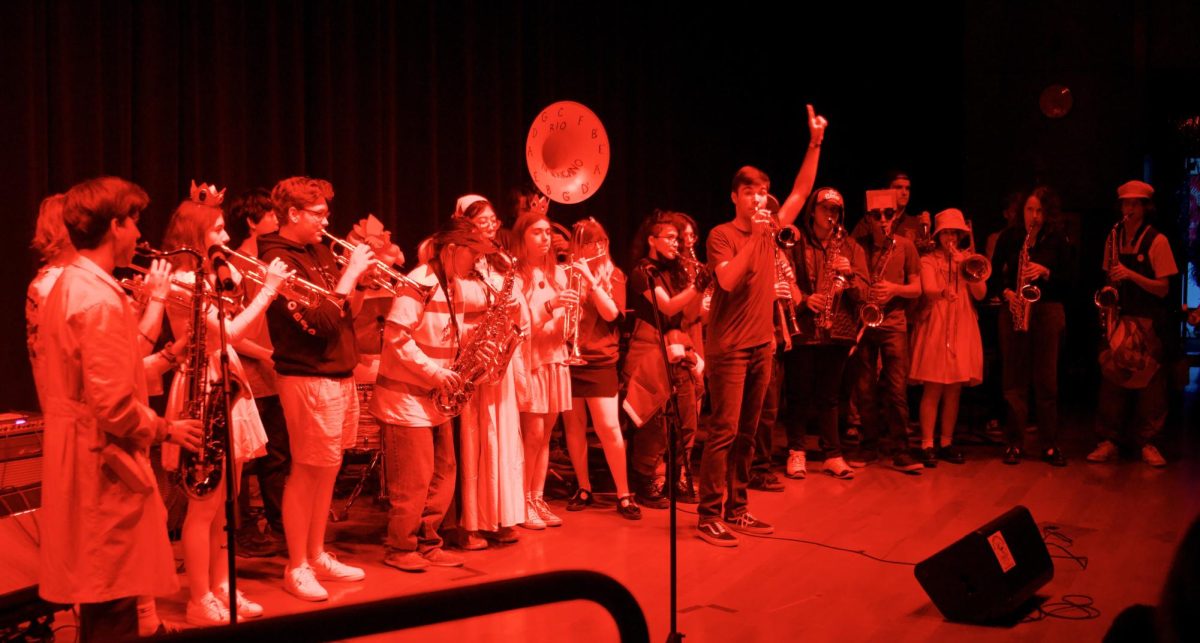

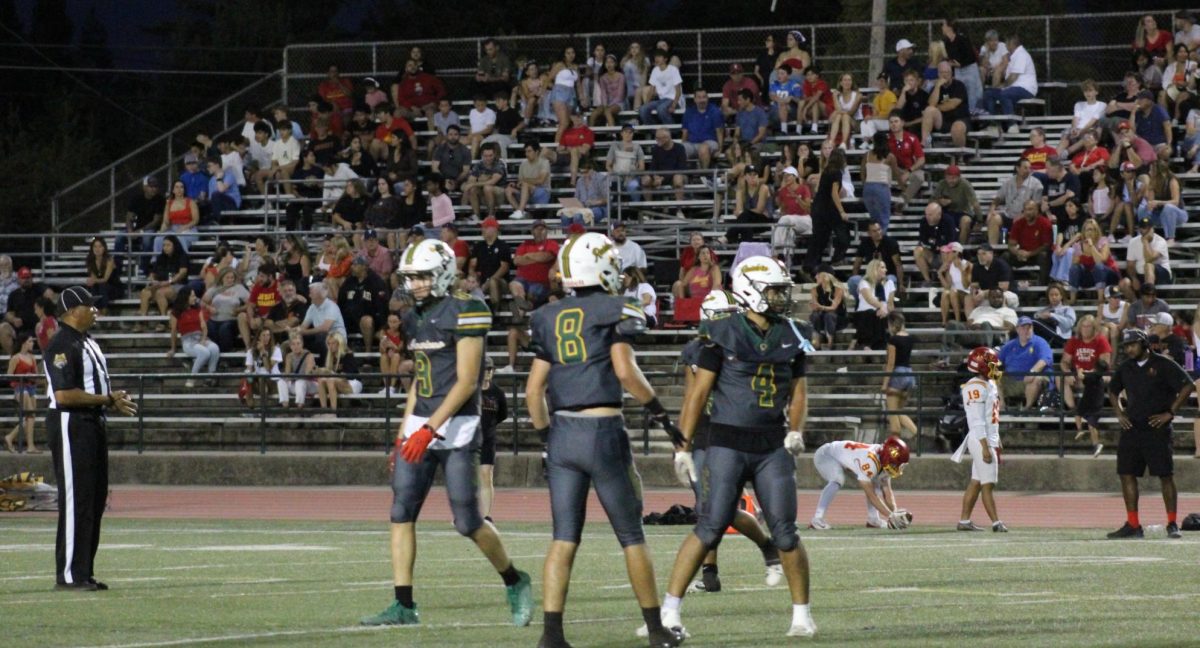

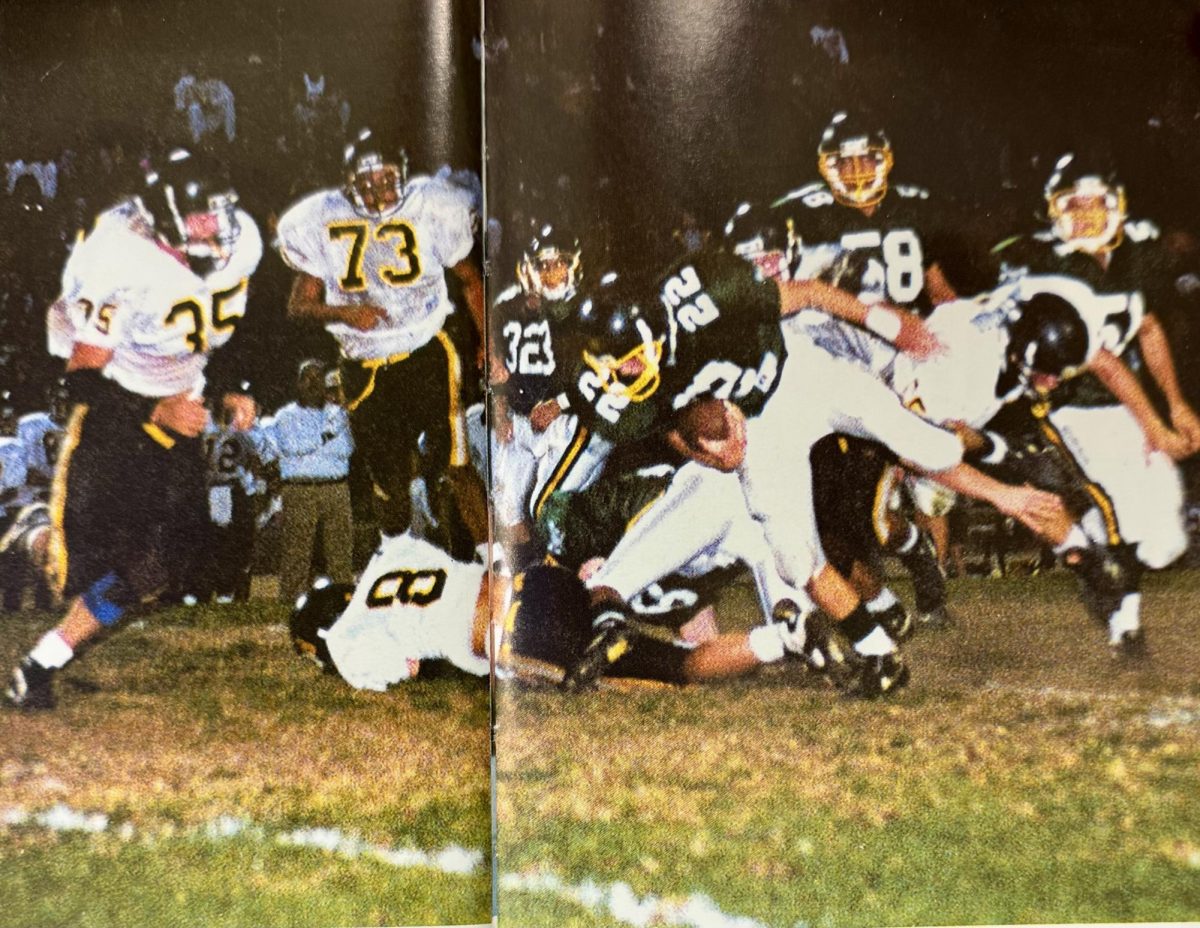





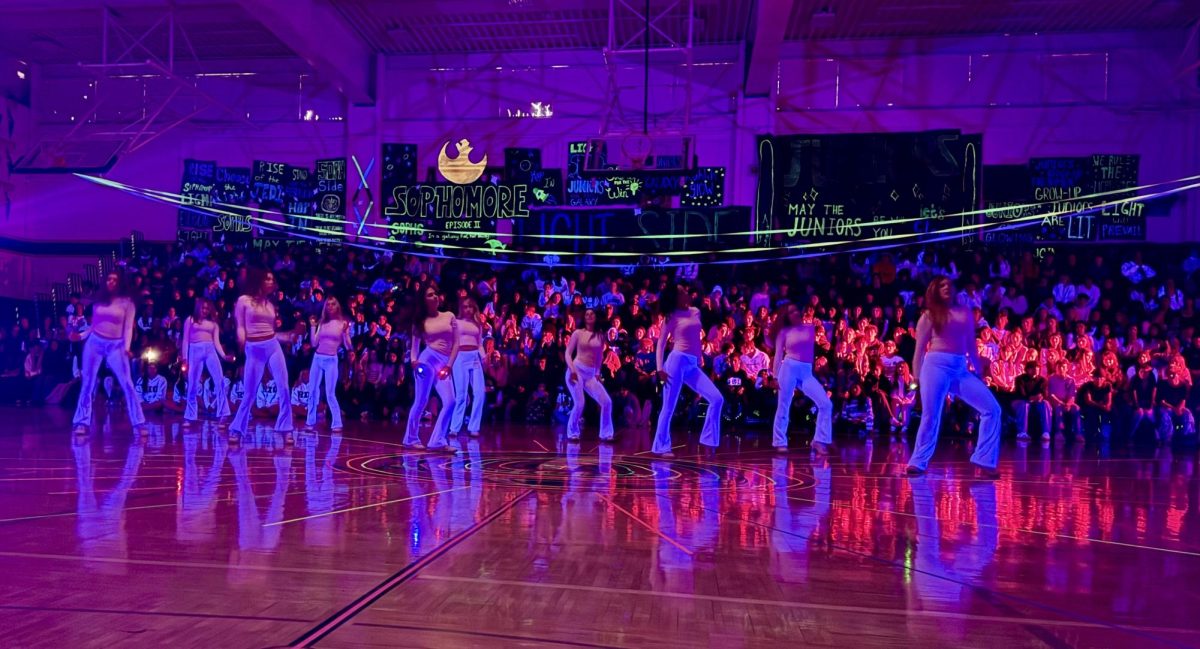







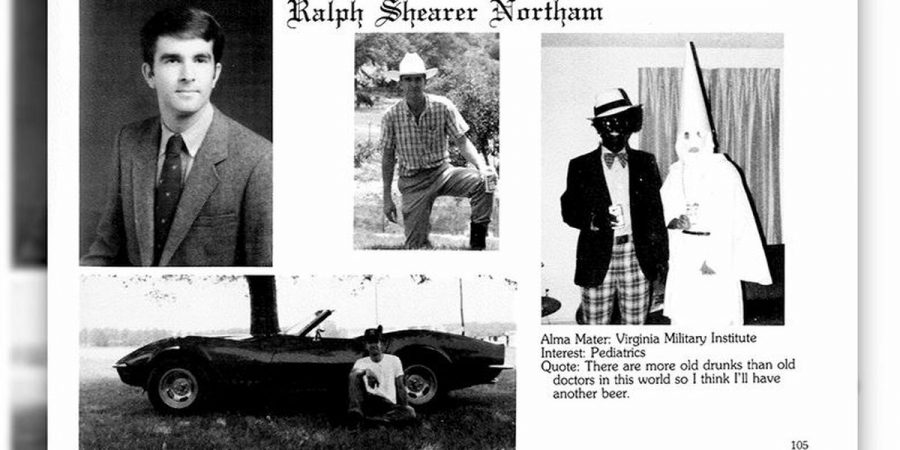



sara collins • Mar 15, 2019 at 9:30 AM
I believe that the school should say their opinion and then leave the topic alone. Many African American kids at this school feel uncomfortable in class talking about the topic.